Printing is an essential process for creating marketing materials, product packaging, and various types of publications. There are many different printing methods available, including flexo printing and offset printing. Both of these techniques have their own unique advantages and disadvantages, making them ideal for different types of projects. In this article, we will explore the differences between flexo printing and offset printing, including their processes, applications, and pros and cons.
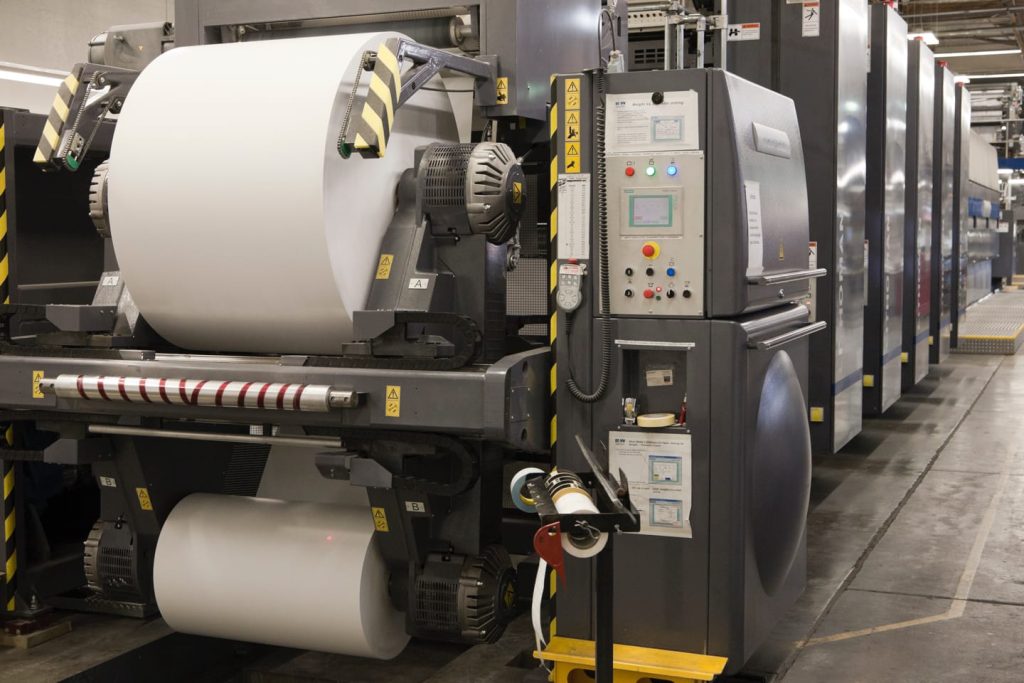
What is Flexo printing?
Flexo printing is a type of relief printing that uses flexible plates made of rubber or photopolymer to transfer ink to the printing substrate. The plates are mounted onto a cylinder that rotates at high speed, picking up ink from a fountain roller and transferring it to the substrate. The process is typically used for printing on non-porous materials like plastic, metal, or rubber, and it is often used for printing labels, packaging, and corrugated boxes.
Flexo printing is ideal for large print runs, as it can produce high-quality prints quickly and efficiently. The process also allows for the use of a wide range of ink types, including water-based, solvent-based, and UV-curable inks, which can be customized to meet specific printing requirements. Additionally, flexo printing can be used to print on a variety of substrates, including those with uneven surfaces, making it a versatile printing method.
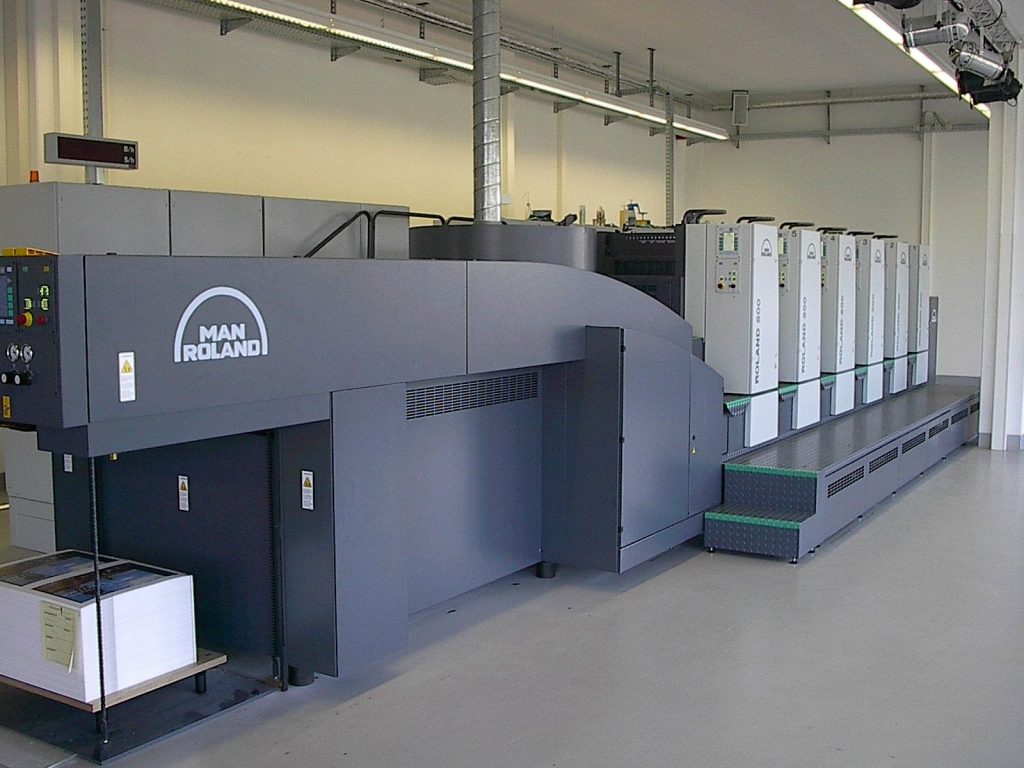
Flexographic printing is a popular printing technique used in the printing of paper cups. It is a high-speed printing process that uses a flexible printing plate to transfer ink onto a substrate. The printing plates are made from flexible materials such as rubber or polymer, and the ink is transferred onto the paper cup through a series of rollers. Flexographic printing is commonly used in the printing of paper cups because it is cost-effective, fast, and provides high-quality prints. In this article, we will provide a definitive guide to flexographic printing on paper cups, including ink color systems CMYK, flexographic printing ink Pantone, applications of flexographic printing, flexographic printing advantages, disadvantages, and the Pantone color number system.
Pros
High-quality prints
Fast and efficient printing process
Ability to print on a variety of substrates
Customizable ink options
Cons
Limited color options compared to offset printing
Not ideal for fine detail printing
Plates can be expensive to produce
What is Offset printing?
Offset printing is a printing technique that involves transferring an inked image from a plate to a rubber blanket and then onto the printing substrate. The process is based on the principle that oil and water do not mix, as the plate is treated with a hydrophobic substance that repels water and attracts ink. The ink is transferred to the substrate through a series of rollers, resulting in a high-quality print with sharp details and vibrant colors.

Offset printing is commonly used for printing on paper and cardstock, and it is often used for producing books, magazines, and marketing materials. The process is ideal for printing fine details and producing large print runs with consistent quality. Offset printing also allows for the use of a wide range of ink colors, including Pantone and CMYK, which can be precisely matched to meet specific requirements.
Pros:
High-quality prints with sharp details and vibrant colors
Ideal for fine-detail printing
Ability to print a wide range of ink colors
Consistent quality over large print runs
Cons:
Not ideal for printing on non-porous materials
Slower printing process compared to flexo printing
Higher setup costs for smaller print runs
Differences:
While both flexo printing and offset printing are high-quality printing methods, they differ in several key areas. One of the most significant differences between the two methods is the types of materials they can print on. Flexo printing is ideal for printing on non-porous materials like plastic, metal, or rubber, while offset printing is best suited for paper and cardstock.
Another key difference between the two methods is their ink options. Flexo printing allows for a wide range of ink types, including water-based, solvent-based, and UV-curable inks, while offset printing is primarily used with oil-based inks. Additionally, flexo printing offers customizable ink options that can be tailored to meet specific printing requirements, while offset printing allows for precise color matching with Pantone and CMYK colors.
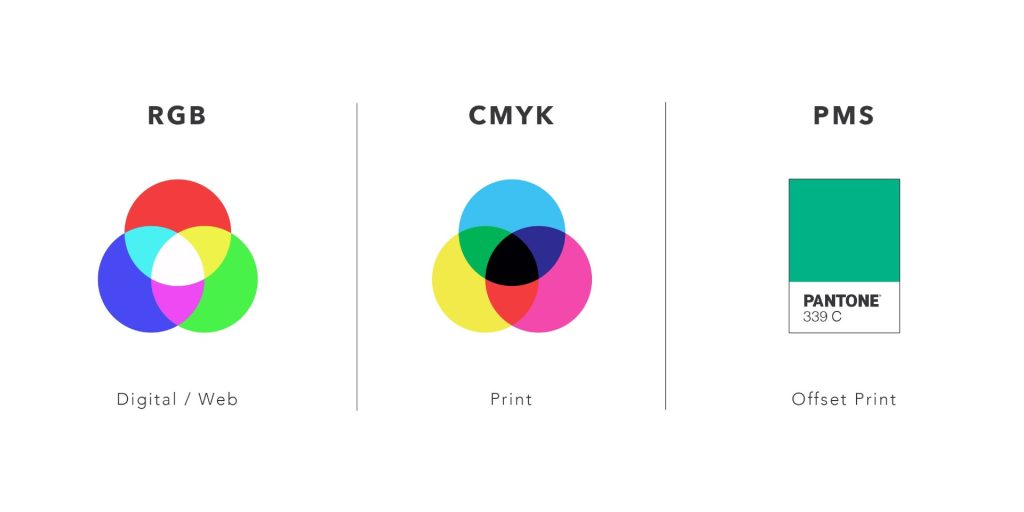
Flexo printing is known for its speed and efficiency, making it ideal for large print runs. The process involves printing multiple colors simultaneously, resulting in a faster printing process compared to offset printing, which involves a slower process but allows for precise color matching and fine detail printing. Offset printing is also known for its consistency over large print runs, making it a popular choice for publications and marketing materials.
Another key difference between flexo printing and offset printing is the cost. Flexo printing typically has higher setup costs due to the need to produce custom plates, but it can be more cost-effective for large print runs. Offset printing, on the other hand, has lower setup costs but can be more expensive per unit for smaller print runs.

Overall, the choice between flexo printing and offset printing depends on the specific requirements of the project. Flexo printing is ideal for printing on non-porous materials and large print runs, while offset printing is best suited for paper and cardstock and fine detail printing. The choice of ink options and cost considerations also play a role in determining the most suitable printing method.
Conclusion
Flexographic printing is a cost-effective and high-speed printing method that is commonly used in the printing of paper cups. Flexo-printing ink is specially formulated to work with flexographic printing plates, and it provides high-quality prints with vibrant colors. Flexographic printing offers several advantages, including cost-effectiveness, high-quality prints, and versatility. However, it also has some disadvantages, such as limited color range and setup time. The Pantone color number system is a standardized color system used in printing, particularly for spot colors.




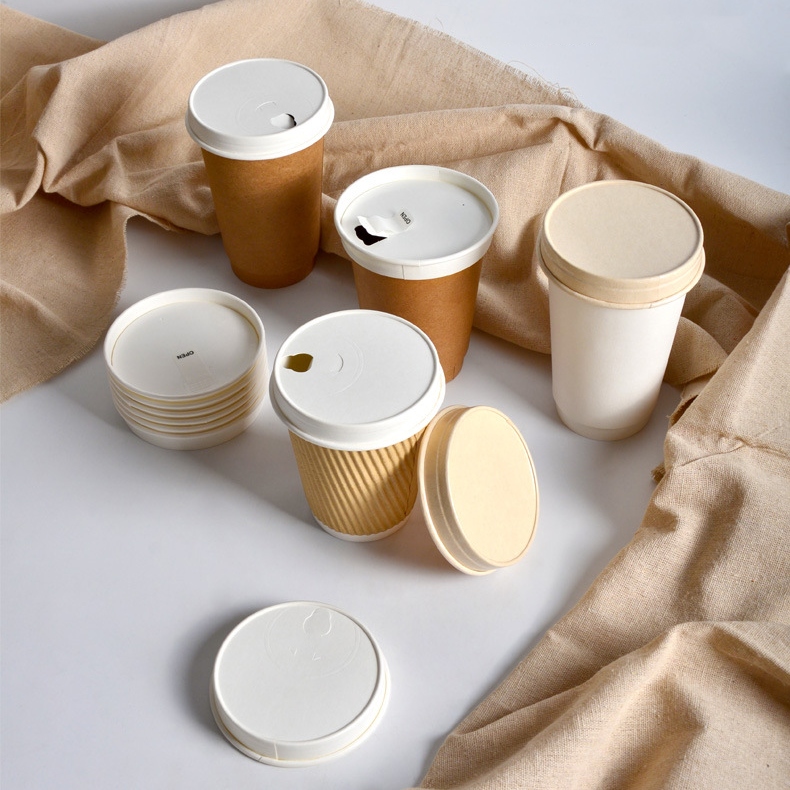
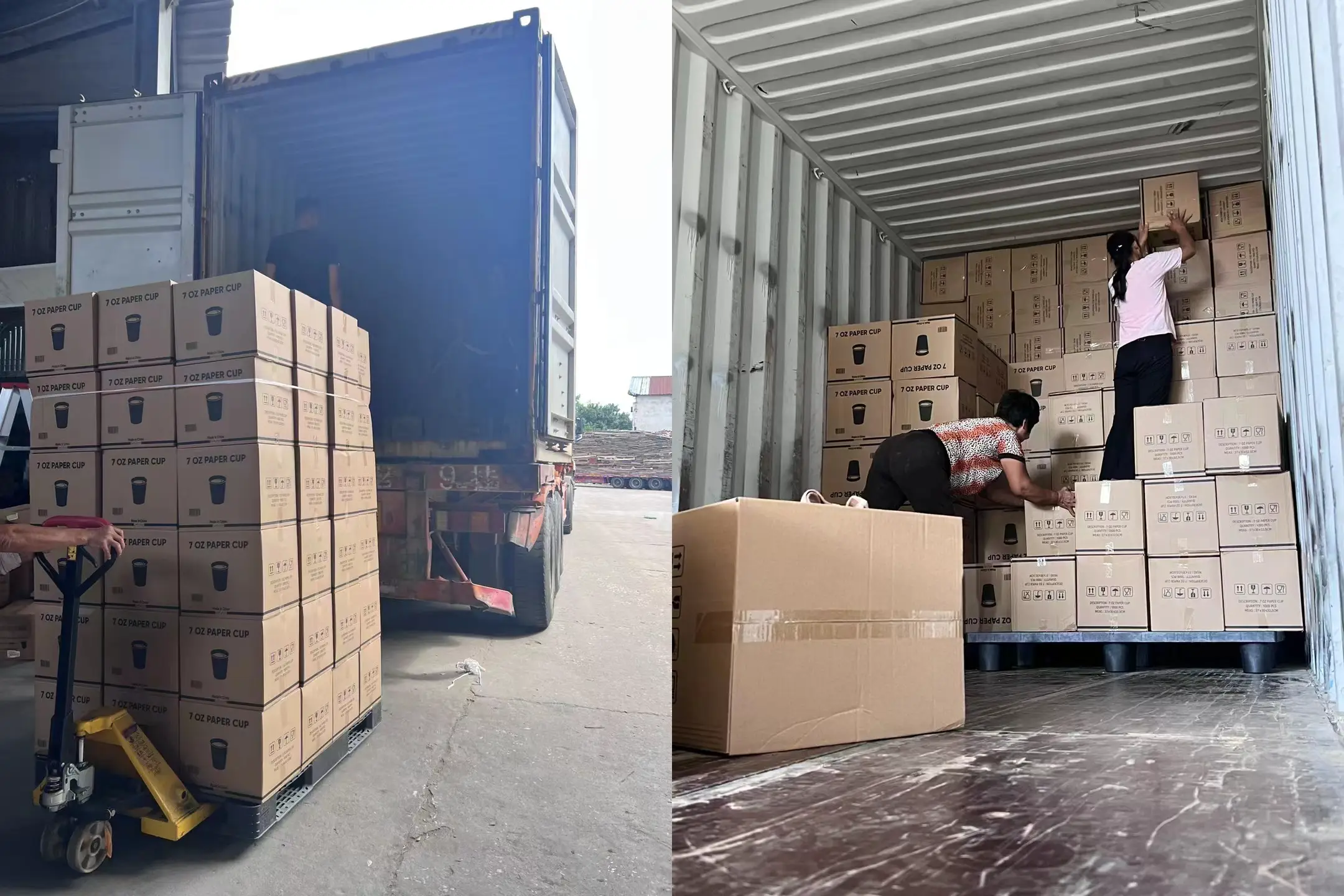


One Response